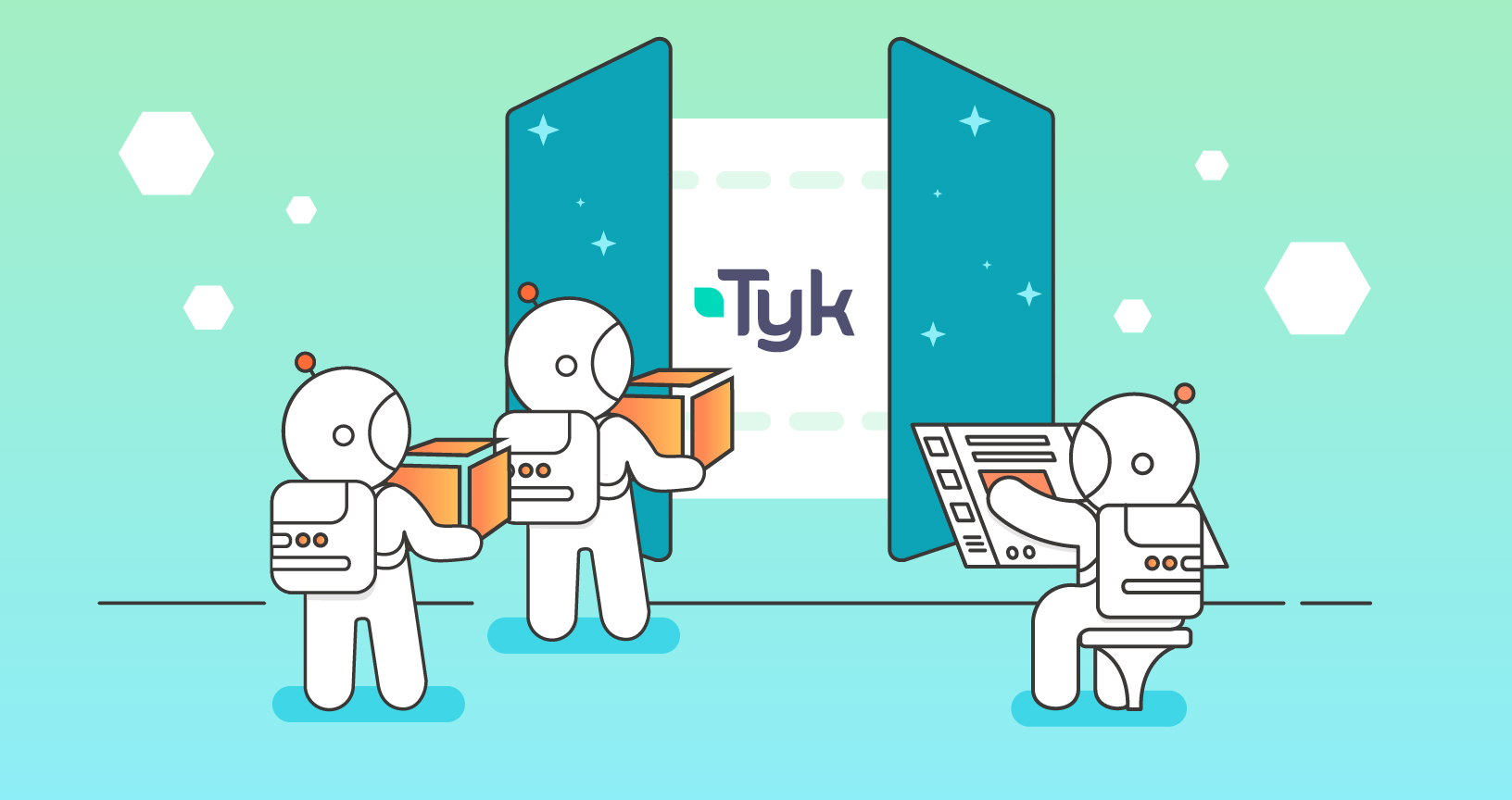The Tyk API Gateway and Postman
If you Google the term “API management,” you’ll see numerous comparisons of the Postman API Platform vs. Tyk API Gateway. This is just one of many examples of how the term has run its course over the last decade. Because once you realize that today’s enterprise landscape is defined by a multi-gateway reality, you begin to understand that this conversation isn’t about Postman vs. Tyk—it’s about Postman and Tyk.
Postman works with many different API gateways, which you can see in action as part of the many API gateways PlatformOps collections available in our Postman Open Technologies – Gateways public workspace. It’s also apparent in the Tyk public workspace, the Tyk Dashboard API collection, the Tyk Gateway API collection, and how Tyk has baked Postman into its own platform documentation.
What is Tyk?
Tyk isn’t your grandfather’s SOA or even a last-generation API management solution; it is a modern solution that was designed from the ground up to provide a variety of centralized or federated approaches to making APIs available to consumers.
We consider Tyk to be a next-generation API gateway solution for creating, accessing, securing, and publishing an API. It has all the capabilities you expect of a gateway in open source, cloud, and enterprise flavors, and it meets the versatile needs of platform engineering and operations teams.
The Tyk API Gateway API
The Tyk Gateway API is the primary means for integrating your application with the Tyk API Gateway system. This API is very small and has no granular permissions system. It is intended to be used purely for internal automation and integration. You can use the Tyk API Gateway API to automate and manage the gateway layer of your API infrastructure in the following areas:
- Keys: Context of the token, rules, rate limits, and other details.
- Policies: The policies that can be applied to individual keys.
- OAuth: Manage OAuth clients and the associated tokens.
- Cache invalidation: Provides the ability to invalidate the cache.
- Hot reload: A force restart of gateway or the entire cluster.
- Health checking: Looks at the health of the gateway.
- Organization quotas: Understanding organization quotas.
- Batch requests: Allows for single batch requests.
This is your interface for each individual gateway that you have deployed. You gain programmatic control over your gateway infrastructure so that you can automate the monitoring, configuration, and quality of your API infrastructure—taking full advantage of the fact that your APIs have APIs.
The Tyk Dashboard API
The Tyk Dashboard API offers granular, programmatic access to a centralized database of digital resources and capabilities that your Tyk nodes can pull from. It enables you to manage your API operations centrally, but then distribute those details and configurations locally to individual gateways or clusters by programmatically controlling these operational resources:
- APIs: Details about API resources across gateways.
- Keys: The pool of keys that are in use by consumers.
- Policies: Central management of policies for access.
- Analytics: The reporting available across operations.
- Permissions: Define what permissions are in place.
- Single Sign-On: Managing single sign-on (SSO).
- Basic Authentication: Handling basic authentication.
- Open Policy Agent: Usage of OPA across operations.
- Users: The central pool of users who are consuming.
- Organizations: The different organizations defined.
This is your API operations dashboard. No matter how many gateways or clusters you have in use, you have a single view of what is happening at any moment. The Tyk Dashboard API is your programmatic interface for integrating into your API platform, allowing you to automate and govern APIs and the operations around them via your Tyk API gateway.
Platform operations at the gateway level
As analysts and some vendors mistakenly position Postman against API gateway solutions like Tyk because they struggle to understand how Postman fits into their outdated view of the API lifecycle, our customers are busy augmenting their API platform with the ability to deploy APIs via the Tyk Gateway. They are successfully configuring keys, policies, and other dimensions of the gateway using Postman and the Tyk API.
The Postman API Platform seamlessly integrates not only with multiple API gateways that are already in use across many different enterprise teams, but also with the source control, CI/CD, and APM solutions that are in place. Users are taking full advantage of API platform capabilities and the fact that our API infrastructure has APIs to automate operations.
Start exploring
You can find the reference collection for the Tyk Gateway API and Tyk Dashboard API via the official Tyk public workspace in Postman or the Tyk developer docs. Fork and use these APIs as part of your own operations. Again, you can leverage the many PlatformOps collections our Postman Open Technologies team has been developing by deriving single-use collections from Tyk, Kong, AWS, Azure, and others to provide modular collections that can be used to configure, automate, and govern API operations in very specific ways.
These PlatformOps collections are a great way to augment the many native integrations we’re regularly adding to the Postman API Platform. They provide fine-grain operations, and engineering configuration and automation, needed to support teams. Rather than simply API management, an API platform approach is the future of API lifecycle and governance—and it’s how enterprises now need to scale API operations in today’s world.

What do you think about this topic? Tell us in a comment below.